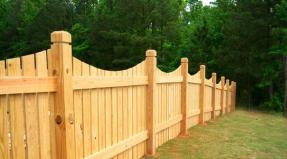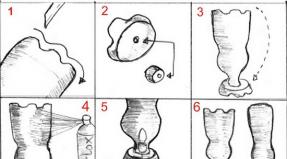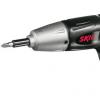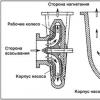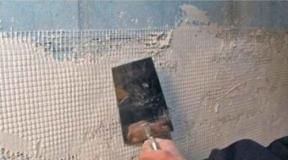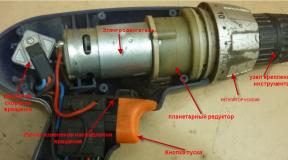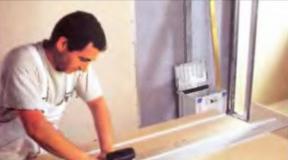How to install and connect the socket correctly? Connection diagrams
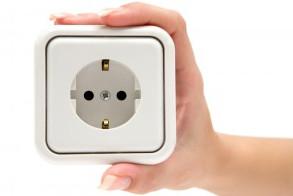
We connect the outlet with our own hands
When performing construction or repair work, it is almost impossible to do without an outlet. Therefore, let's look at how to properly install and connect the outlet.
The first thing that is important to do is to turn off the electricity supply to the room where you plan to connect the outlet. After disconnecting the power supply, it is recommended to additionally make sure that the electricity is disconnected. Next, the box (socket) is being prepared, into which the new socket will be installed. It is important that the wires in it are freely available.
Installing a new socket
Consecutive installation of the socket
First of all, the socket is taken in hand and disassembled, the outer case is disconnected from the inner part. Next, we take the pliers, with which we cut off the excess wire. As a rule, no more and no less than 10 cm of wire is left to connect the sockets. It is this length that is quite enough to make the connection as efficient and convenient as possible. 1 cm of insulation is removed from each end of the wire.
Stripping the ends of the wires to connect the socket
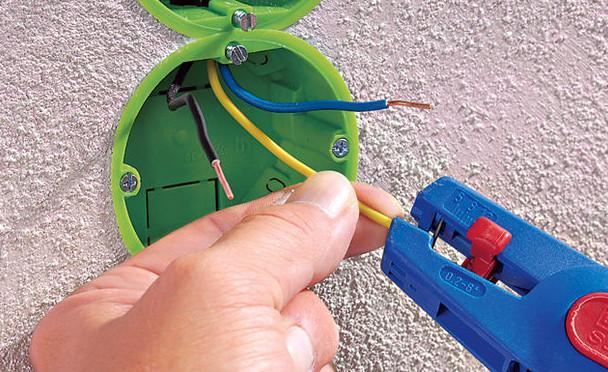
Stripping wires with an insulation stripper
Placement of outlets taking into account consumers
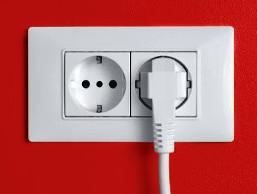
Before installing the outlets, it is worth deciding on their number, as well as their location. The conditions for placing such elements are directly related to the location of consumers of electrical energy, which are very stationary in the form of a refrigerator, TV and computer. In such places, as a rule, several sockets are mounted (a block of outlets from 2 to 5 pcs.) To ensure the possibility of connecting auxiliary electrical devices. This is a more optimal solution than using tees and extension cords. After all, this leads to an additional load on the outlet, which significantly reduces the period of its use.
The socket strip is connected using the loopback method (parallel)
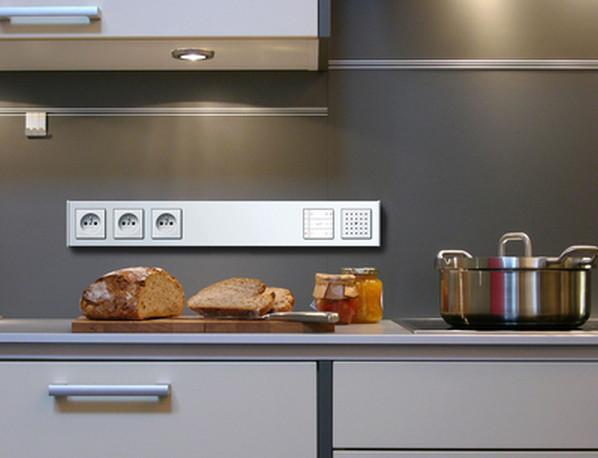
Wiring diagram for the block of sockets - loop
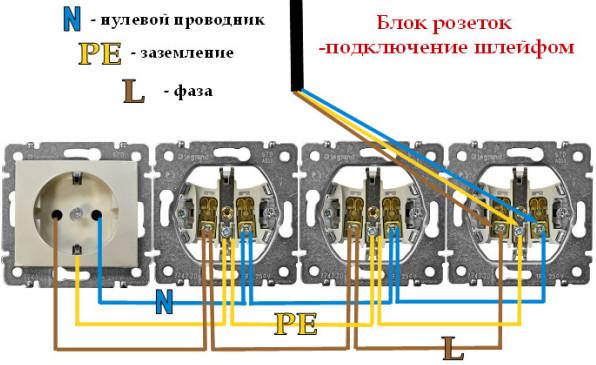
Horizontal socket strip
It is also necessary to take into account the sockets for temporary appliances. This includes items such as a vacuum cleaner, laptop, charger for a mobile device and an iron. Most experts do not recommend installing sockets in bathrooms in order to prevent moisture from entering, which can lead to failure of the outlet, and in some cases can lead to various injuries to a person. If, nevertheless, you cannot do without an outlet, for example, for an electric boiler, you need to install a special outlet, protected from moisture with a protection level of at least IP-44.
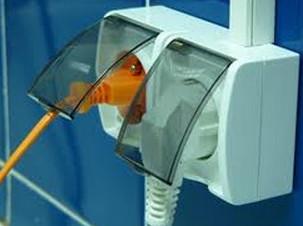
Surface mounted waterproof outlet for bathroom
In damp rooms, sockets with a protection level of at least IP44 are installed
Installation of sockets is carried out at a level of 30 to 80 cm from the finished floor in places that are accessible for connecting consumers and for providing high-quality service. In this case, the distance to the devices should not be large so that the electric cord does not stretch, but sags freely.
Various ways of fixing sockets
The method of fixing the socket is directly related to its design features, the material that is at the base of the wall, as well as how the cable is laid. If it is laid in plastic boxes, sockets are often used for outdoor installation. The fastening of such elements takes place using self-tapping screws on a plasterboard partition or dowel-nails on a brick or concrete wall. When the internal cable (hidden type) is wired, the sockets must have a completely different design and they are fastened to a pre-installed box.
The socket support is fixed to the installation box with screws
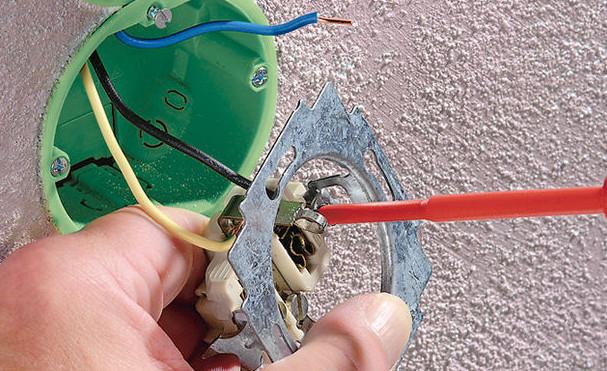
The caliper is attached to the box with screws
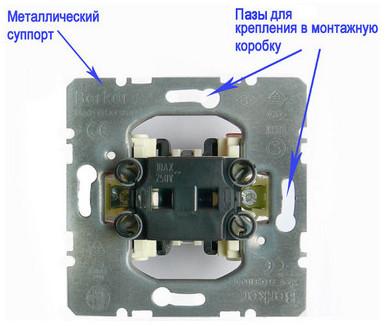
The latter elements also have a different design, which is determined by the material that is contained in the base of the erected walls. If the finishing was carried out from drywall, then a hole is made in it, according to the size of the box, and the box itself is pressed against the drywall using special screws. Then the wires are connected to the outlet, and only then it is attached to the box.
Installation of boxes for sockets in drywall
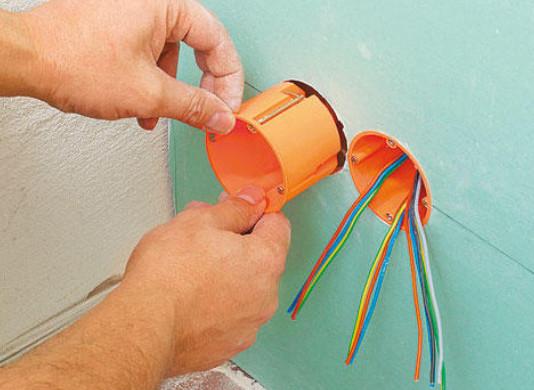
Installation of sockets in a plasterboard wall
If you need to mount the outlet on a wall with a concrete or brick base, then you must first use a special crown and make an annular groove in the wall according to the size of the box, and only then select the middle with a chisel or puncher. A box is installed and fixed in the formed niche. Installation and fastening of the socket takes place in the same way as in a plasterboard partition.
Installing boxes on a solid base
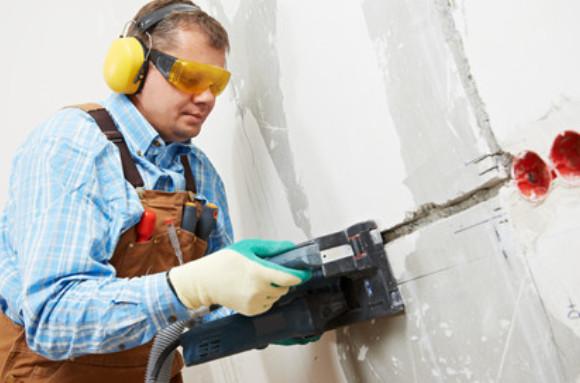
Concealed installation of sockets
Outlet locations
In the bathroom, it is enough to install several outlets to optimize the operation of the washing machine, electric shaver and hair dryer. Up to 4 outlets are installed in standard rooms, and at least one outlet is required in the hallway. Lines must be provided with RCD protection to protect a person from electric shock.
Risk of electrical injury if there is no RCD
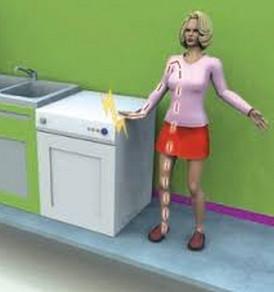
When connecting consumer groups, you should not rush, because the durability and efficiency of the sockets will depend on the correctness of the work, and besides, your safety.
We connect the sockets in accordance with the colors of the wires
For convenience, when performing work in the production of an electrical wire, color shades are used that allow you to accurately determine the purpose of the wire. So, blue indicates that the wire should be connected to "zero", wires with white shades are connected to the phase, and wires with a yellow-green tint are connected to the ground. This is the most common wire color palette, and there are other wire colors.
We connect the sockets according to the color of the wires
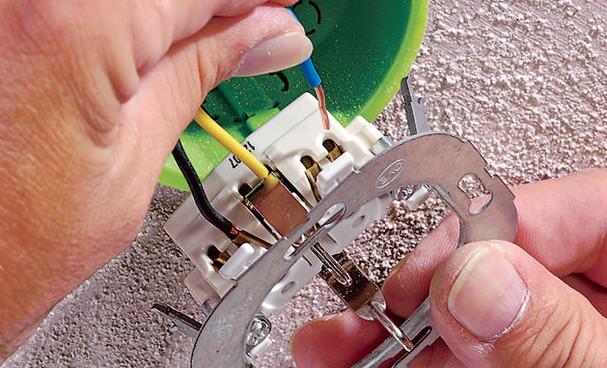
Connecting the socket by color
Having figured out which wire to connect to, you can get to work. The end of the wire is inserted into the socket and tightened to the maximum using the existing screw.
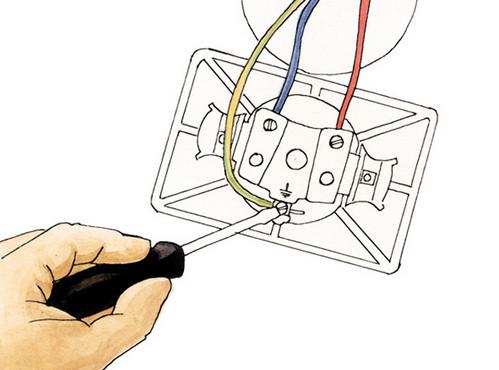
After the wires are connected to the outlet, it must be inserted into the box. The sockets are fixed with the help of special clamps, which, as they are screwed in, diverge and press against the walls of the socket.
When the socket is firmly seated in the box, the outer cover is installed.
Installing the outer cover for the socket
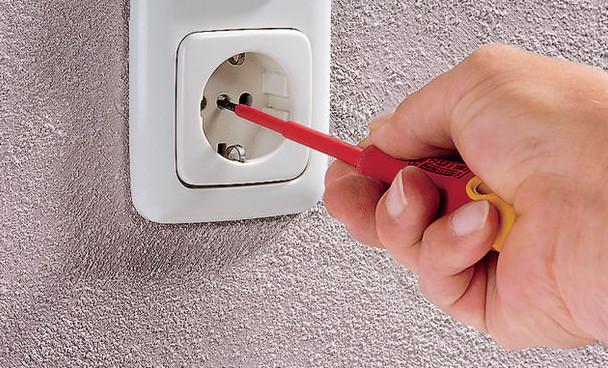
Pull off the cover of the socket with a screw.
All that is required is to attach the cover to the inside of the socket and tighten them together with a screw. Care must be taken when tightening the screw, as overtightening the screw may break the socket cover. All connection is completed, now we turn on and check the work we have done, and if everything is in order, you can start using the outlet.
Make sure there is power in the outlet
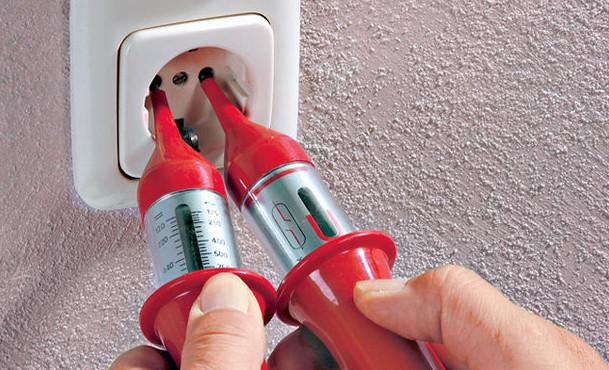
We test the outlet for power

